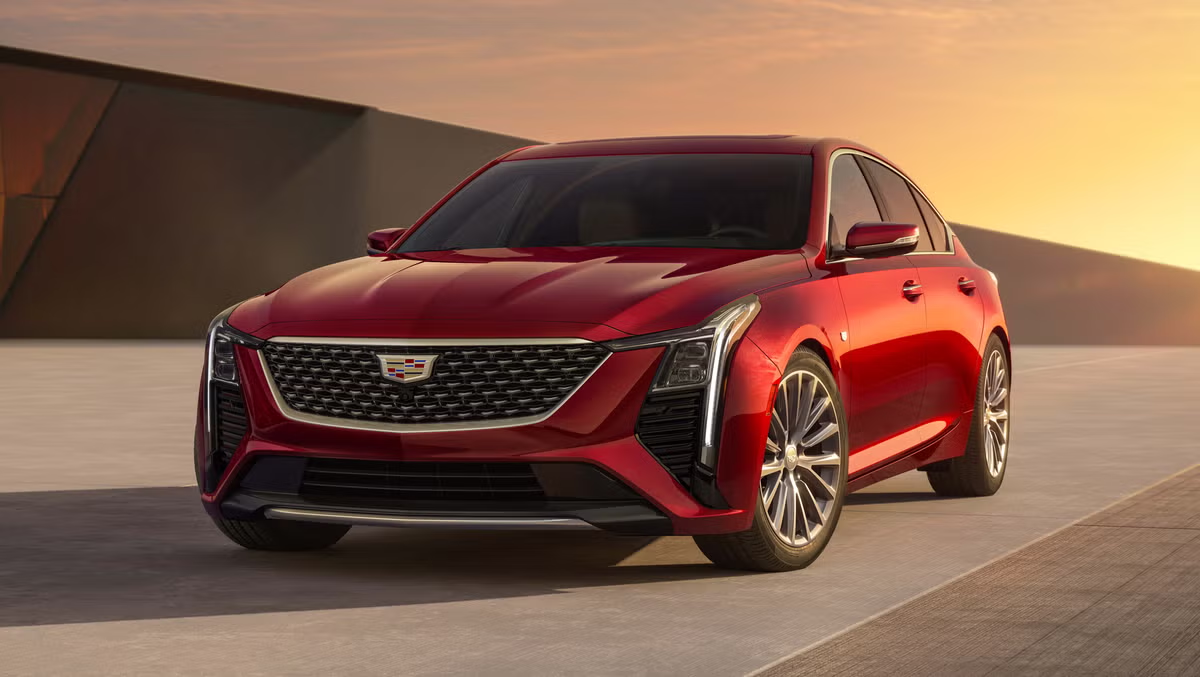TOKYO – Toyota has hitherto seemed staunchly opposed to EVs, its research and development department has been developing what may be the biggest breakthrough in EV batteries away from the prying eyes of publicists: a solid-state car battery with a range of 745 miles and a charge time of ten minutes.
For the first time in the history of mass-production EVs, a battery-powered car will have the same driving range as one with an engine and a gas tank. Anyone listening carefully will hear EV-driving dads breathe a sigh of relief as they contemplate how they won’t need to pull over and pry their children away from convenience store candy shelves every two hours while they wait for the car to charge. The great family road trip hasn’t gotten any more bearable in the post-engine era, but may get a bit more cheapskate-friendly.
A solid-state battery is quite simple to explain. It stores its electrical charge in a solid electrolyte (other types of batteries use a liquid or paste-like one). They’re commonly used in small devices like pacemakers, RFIDs, and other things that demand little electricity. Because they have a very high energy density compared to other battery types (that is, they can store more electricity than other batteries of the same size), solid-state batteries seem like a natural fit for electric cars. But they don’t do well in cold weather, tend to weaken quickly after repeatedly getting charged and drained, are particularly costly, and have other issues that prevent them from going into every laptop, smartphone, and car.
The rise of EVs has made battery research a lot more profitable than it was a mere ten years ago, and scientists have been working on overcoming the shortcomings of solid-state batteries. Toyota is the first company that has come out and said it may have solved the range and battery weight problems.
Toyota has been more devoted to hydrogen cars than practically other auto company. Indeed, Toyota has been so enthusiastic about hydrogen that at times it seemed like a passion project of recently-departed CEO Akio Toyoda. The Toyota Mirai has become the de-facto flagship of hydrogen cars. It is about as middle-of-the-road as one can get without making a crossover instead of a sedan. Indeed, it cannot be a coincidence that Toyota designed the Mirai to look like a close relation to the Camry. Putting hydrogen fuel cells into such a deliberately normal car essentially makes refueling the only difficulty for sales.
To read more, click on Top Speed






